Related Research Articles

Falls Church is an independent city in the Commonwealth of Virginia, United States. As of the 2020 census, the population was 14,658. Falls Church is included in the Washington metropolitan area.

The Montgomery bus boycott was a political and social protest campaign against the policy of racial segregation on the public transit system of Montgomery, Alabama. It was a foundational event in the civil rights movement in the United States. The campaign lasted from December 5, 1955—the Monday after Rosa Parks, an African-American woman, was arrested for her refusal to surrender her seat to a white person—to December 20, 1956, when the federal ruling Browder v. Gayle took effect, and led to a United States Supreme Court decision that declared the Alabama and Montgomery laws that segregated buses were unconstitutional.
Buchanan v. Warley, 245 U.S. 60 (1917), is a case in which the Supreme Court of the United States addressed civil government-instituted racial segregation in residential areas. The Court held unanimously that a Louisville, Kentucky, city ordinance prohibiting the sale of real property to blacks in white-majority neighborhoods or buildings and vice versa violated the Fourteenth Amendment's protections for freedom of contract. The ruling of the Kentucky Court of Appeals was thus reversed.

William Monroe Trotter, sometimes just Monroe Trotter, was a newspaper editor and real estate businessman based in Boston, Massachusetts. An activist for African-American civil rights, he was an early opponent of the accommodationist race policies of Booker T. Washington, and in 1901 founded the Boston Guardian, an independent African-American newspaper he used to express that opposition. Active in protest movements for civil rights throughout the 1900s and 1910s, he also revealed some of the differences within the African-American community. He contributed to the formation of the National Association for the Advancement of Colored People (NAACP).
Sundown towns, also known as sunset towns, gray towns, or sundowner towns, are all-white municipalities or neighborhoods in the United States that practice a form of racial segregation by excluding non-whites via some combination of discriminatory local laws, intimidation or violence. The term came into use because of signs that directed "colored people" to leave town by sundown.
The civil rights movement (1896–1954) was a long, primarily nonviolent action to bring full civil rights and equality under the law to all Americans. The era has had a lasting impact on American society – in its tactics, the increased social and legal acceptance of civil rights, and in its exposure of the prevalence and cost of racism.
This is a timeline of African-American history, the part of history that deals with African Americans.
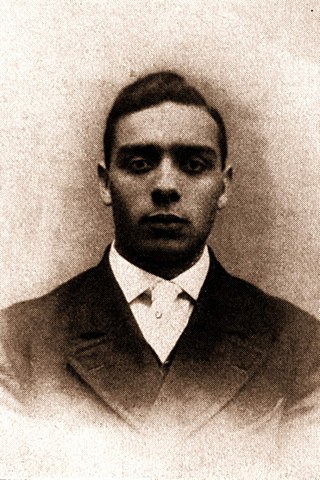
Edwin Bancroft Henderson, was an American educator and National Association for the Advancement of Colored People (NAACP) pioneer. The "Father of Black Basketball", introduced basketball to African Americans in Washington, D.C., in 1904, and was Washington's first male African American physical education teacher. From 1926 until his retirement in 1954, Henderson served as director of health and physical education for Washington, D.C.'s black schools. An athlete and team player rather than a star, Henderson both taught physical education to African Americans and organized athletic activities in Washington, D.C., and Fairfax County, Virginia, where his grandmother lived and where he returned with his wife in 1910 to raise their family. A prolific letter writer both to newspapers in the Washington, D.C., metropolitan area and Alabama, Henderson also helped organize the Fairfax County branch of the NAACP and twice served as President of the Virginia NAACP in the 1950s.
CCPL may refer to:
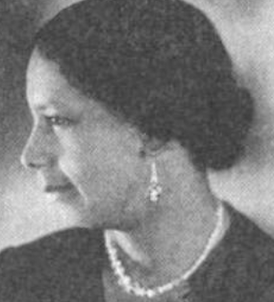
Lillie May Carroll Jackson, pioneer civil rights activist, organizer of the Baltimore branch of the NAACP. Invariably known as "Dr. Lillie", "Ma Jackson", and the "mother of the civil rights movement", Lillie May Carroll Jackson pioneered the tactic of non-violent resistance to racial segregation used by Martin Luther King Jr. and others during the early civil rights movement.
Desegregation of the Baltimore City Public Schools took place in 1956 after the United States Supreme Court ruled, in the case of Brown v. Board of Education, that segregation in schools went against constitutional law. Desegregation of U.S. schools was part of the civil rights movement. The events that followed desegregation in Baltimore, were important to the civil rights movement across America. Recent scholarship has identified Baltimore's desegregation as an important precursor to the Greensboro sit-ins.

Tinner Hill is an historic area of Falls Church, Virginia, named after Charles and Mary Tinner, an African-American couple who bought land there in the late 19th century. Family members quarried stone used in many buildings nearby. Between 1910 and 1918, their descendant Joseph Tinner and Edwin Bancroft Henderson fought for civil rights and helped found the first rural branch of the National Association for the Advancement of Colored People.

The National Association for the Advancement of Colored People (NAACP) is a civil rights organization in the United States, formed in 1909 as an interracial endeavor to advance justice for African Americans by a group including W. E. B. Du Bois, Mary White Ovington, Moorfield Storey, and Ida B. Wells. Over the years, leaders of the organization have included Thurgood Marshall and Roy Wilkins.
Falls Church, an independent city in Virginia, United States, takes its name from The Falls Church, an 18th-century parish of the Church of England. Falls Church gained township status within Fairfax County in 1875. In 1948, it was incorporated as the City of Falls Church, an independent city with county-level governance status.
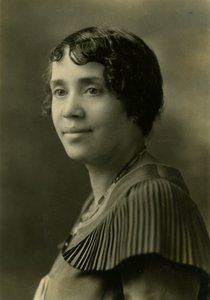
Elizabeth Beatrice Cooke Fouse was a woman from Kentucky, dedicated to gaining equality for African American women on both local and national levels. She founded as well as became the head of many organizations, with the ultimate goal of ending discrimination. Her Christian faith was critical to her activities in social and church-related clubs.

The Biloxi wade-ins were three protests that were conducted by local African Americans on the beaches of Biloxi, Mississippi between 1959 and 1963, during the civil rights movement. The demonstrations were led by Dr. Gilbert R. Mason, Sr. in an effort to desegregate the city's 26 mi (42 km) of beaches on the Mississippi Gulf Coast. This was a local effort, without involvement from the state or national NAACP.

Thomas Gillis Nutter was an attorney, businessman, and politician in Charleston, West Virginia, United States. Nutter is best remembered as a pioneer African-American member of the West Virginia Legislature, gaining election in 1918 and re-election in 1920 from an overwhelmingly white district, at a time when state disenfranchisement of blacks across the South had resulted in the exclusion of most blacks from statewide politics.
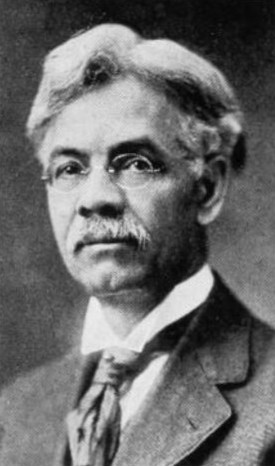
Butler Roland Wilson (1861–1939) was an attorney, civil rights activist, and humanitarian based in Boston, Massachusetts. Born in Georgia, he came to Boston for law school and lived there for the remainder of his life. For over fifty years, he worked to combat racial discrimination in Massachusetts. He was one of the first African-American members of the American Bar Association. Wilson was a founding member and president of the Boston branch of the National Association for the Advancement of Colored People (NAACP).
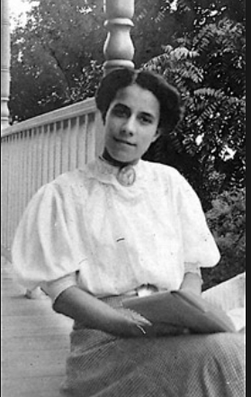
Mary Ellen Henderson was an African-American educator and civil rights activist in the mid-1900s. She is most famous for her work desegregating living spaces in Falls Church, working to build better facilities for black students in Falls Church, Virginia and starting the CCPL, the first rural branch of the NAACP.
References
- 1 2 3 Verney, Kevern; Sartain, Lee (2009). Long Is the Way and Hard: One Hundred Years of the NAACP. University of Arkansas Press. pp. 93–101. ISBN 978-1-61075-246-6.
- 1 2 "100th Anniversary F.C. Civil Rights Gala & Ceremony This Weekend - Falls Church News-Press Online". January 8, 2015.
- 1 2 Moreno, Sylvia (1998-06-03). "FALLS CHURCH RECALLS ROLE IN NAACP HISTORY". Washington Post. ISSN 0190-8286 . Retrieved 2023-10-29.
- ↑ Collection, Henderson Family (January 8, 1915). "Handwritten Meeting Minutes of Colored Citizens Protective League". 100yearsblackfallschurch.org.
- ↑ "Colored Citizens Protective League Historical Marker". www.hmdb.org.